Danielle
1) What made you decide to start skydiving?
I had recently returned from a combat deployment. I didn’t do anything sexier than build roads and repair culverts in Iraq but re-adjusting was still hard. I was searching for that alive feeling. A lot of people do when they get back stateside. Skydiving turned out to be it!
2) How long have you been a skydiver?
I’ve been skydiving for eight years!
Competing in rookie 4-way relative work at a Carolina Skydiving League meet in 2013 over Skydive Carolina . Photo credit: Chad Wilcox
3) How many jumps do you have?
I have over 600 jumps.
4) What container and parachute are you currently jumping? What was your progression?
I fly a Vector 3 and a Sabre 2 150. I started out on a 220! I was probably flying backwards at the time!
5) Have you had any cutaways? How many?
I have three cutaways. I used to be a terrible packer.
6) What type of skydiving do you enjoy?
I love relative work formation skydiving and flying camera step! My goal is to become a skydiving videographer. I’m also working on head down in the tunnel and in the air.
Sit-flying with friends in Virginia. Photo credit: unknown
7) What’s your home drop zone?
My home drop zone is Emerald Coast Skydiving Center! It closed down in August 2013 after our S&TA, Jim Horak, passed away in a tragic skydiving accident but that was the first skydiving community that I ever considered family. Since then I’ve jumped all over the United States and in a couple different countries. Some of my favorite drop-zones that I’ve visited are Skydive Toledo, Thai Skydiving Center, Fort Magsaysay, Skydive Zambales, Skydive Dallas and Skydive Atlanta. Have rig, will travel!
8) What sort of outdoor activities did you enjoy as a child? What does your family think of your decision to start skydiving?
My mother is a runner. I grew up running with her every day during the summer from the time I was five. She was my introduction to the outdoors. My family isn’t super excited about the fact that I skydive but they tolerate it! My sister came out to the drop zone for my first skydive in August 2011. At this point, all of the women in my family have been out to see me jump. I’m still working on my dad and my twin brother who happens to be a U.S. Army paratrooper.
Adjusting fall rates with friends over Orange, Virginia. Photo credit: Nate D.
9) Have you participated in any record jumps? If so what were they?
No record jumps yet!
10) What do you like best about skydiving?
I love community building and upholding different skydiving traditions like “owing beer” for first time offenses or pieing skydivers on their 100th, 1000th and 10,000th jump. I also like relaxing and not taking the sport too seriously.
11) What has your experience been as a skydiver living with disabilities?
Hybrid for my 600th jump! Photo credit: Dennis S.
In 2016 I was diagnosed with rheumatic fever and an involuntary movement disorder. Soon after, I also developed post-infectious nerve damage in my legs and hands, along with other neurological symptoms: slurred speech, weakness, pain and difficulty chewing and swallowing. It took a long time to get a diagnosis. During that period, I was very sick but also determined to remain as active as possible. That experience changed my life. I went from being an able bodied long distance runner, student pilot and skydiver to navigating life while living with multiple disabilities—some visible, some hidden. It was a very frustrating experience. It also made me really grateful for skydiving. Why? Because there are so many active skydivers who face a range of scary illnesses like cancer, multiple sclerosis, lupus, or paraplegia. Skydivers tend not to talk about the challenges we face outside of learning how to wingsuit or mastering high speed layouts. My goal is to change that! Skydiving is a lifelong sport and illness is a normal part of life—it’s something that almost everyone will face eventually. These days, I don’t jump as much as I’d like but my new normal means balancing health, rest and treatment with spending time in the air.
11) What does Team Blackstar mean to you?
Team Blackstar is a growing community that offers a space for skydivers of color to be seen and heard! Our sport is overwhelmingly white and 87% male. Sometimes it’s easy to fall through the cracks or to struggle to find a mentor or folks with similar experiences. We joke a lot about our shared experiences as underrepresented ethnic minorities in the sport—everything from being repeatedly mistaken for tandem students to having to prove yourself at every new drop zone we visit.
One of the things I love most about our Team Blackstar family is our diversity! Together we represent over 270 skydivers in the US, UK, UAE, South Africa, Kuwait, Philippines and Indonesia. While you’re unlikely to see skydivers of color in nationally televised ads, movies, or in the magazines, we’re definitely out here! Instead of waiting for others to value our history or our contribution to the sport we’re writing our own story. We’re also part of a larger movement to #diversifyoutdoors. To learn more you can check out our sister pages Melaninbasecamp.com and DiversifyOutdoors.com.
Skydiving in Texas with new friends. Photo credit: Dave Ryder
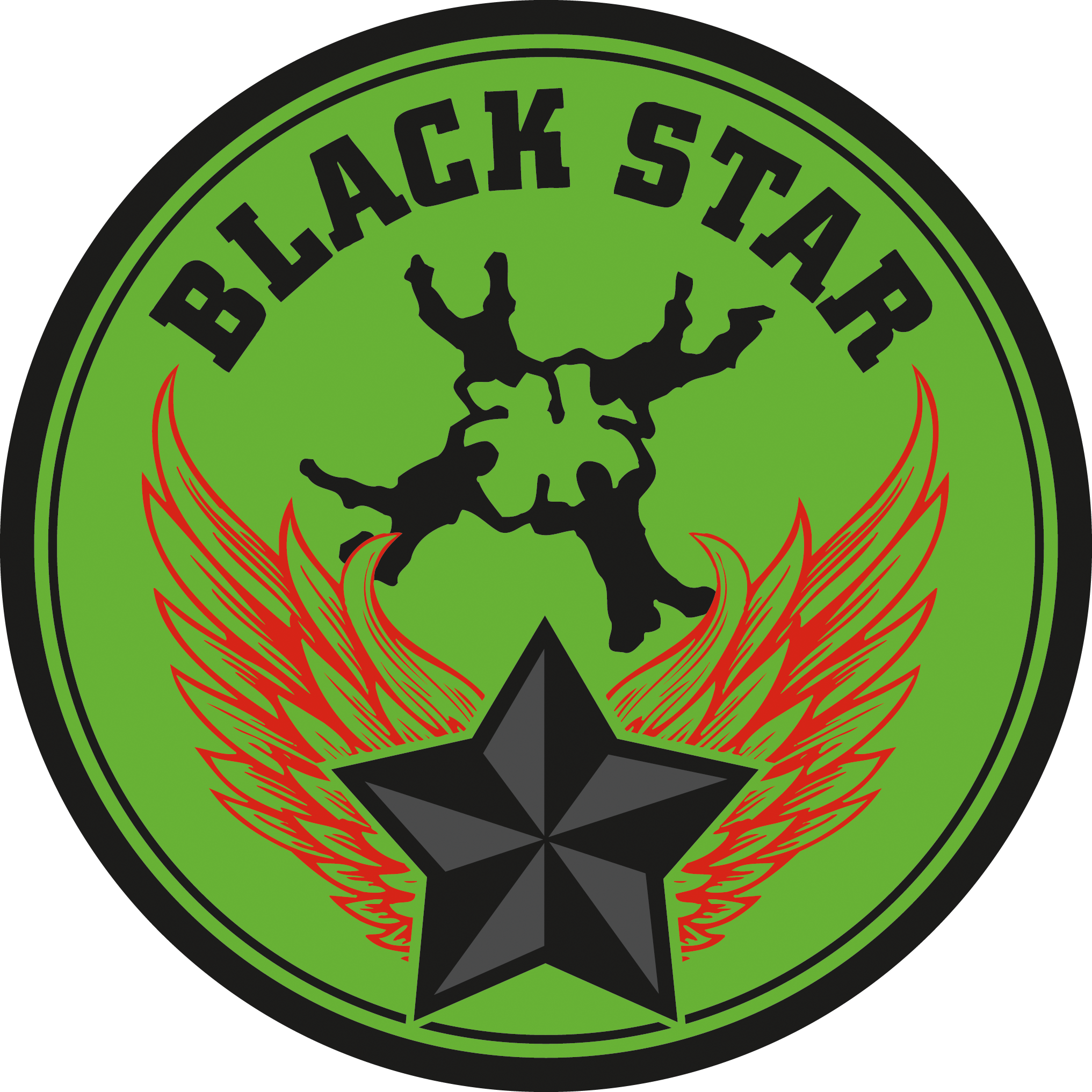

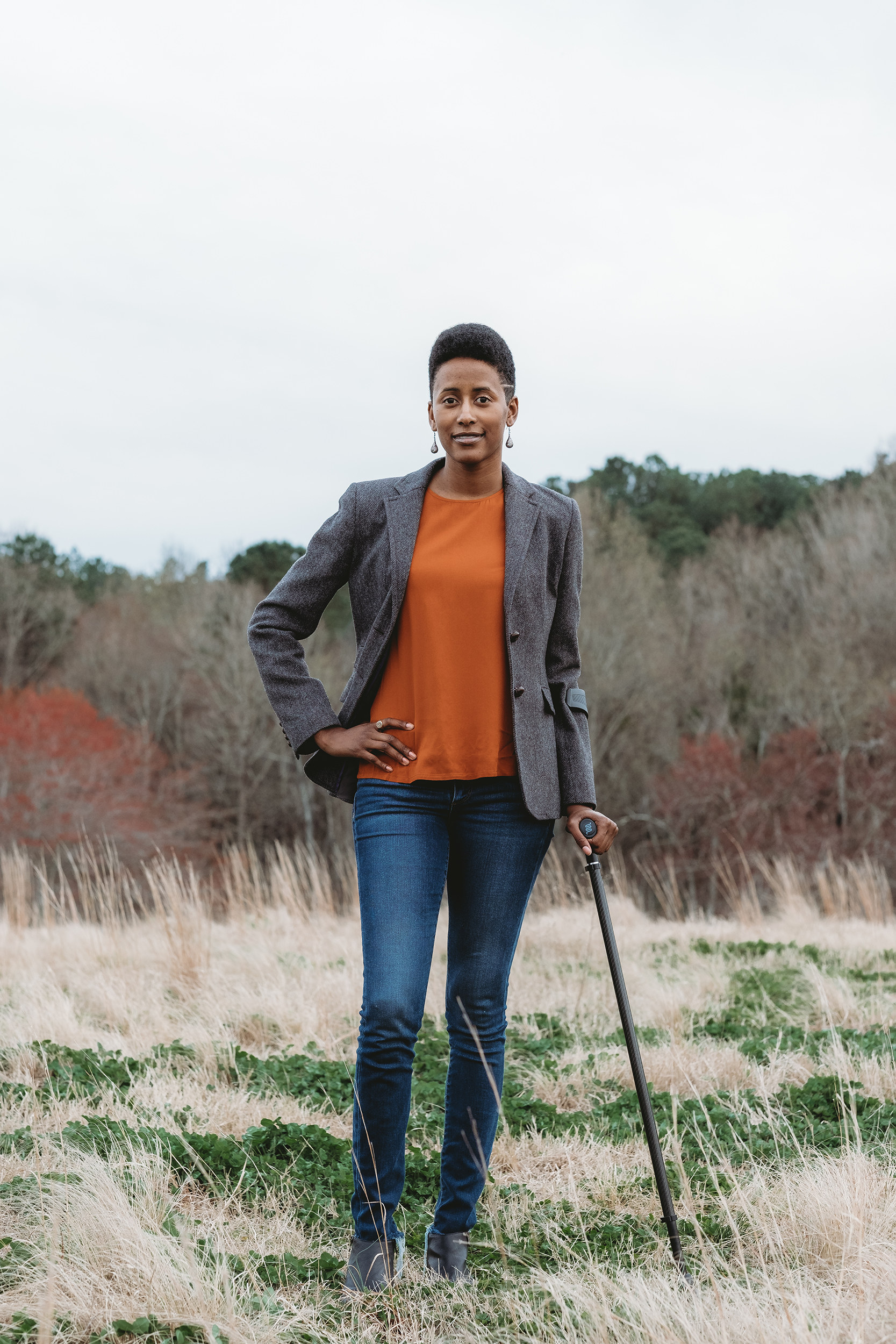






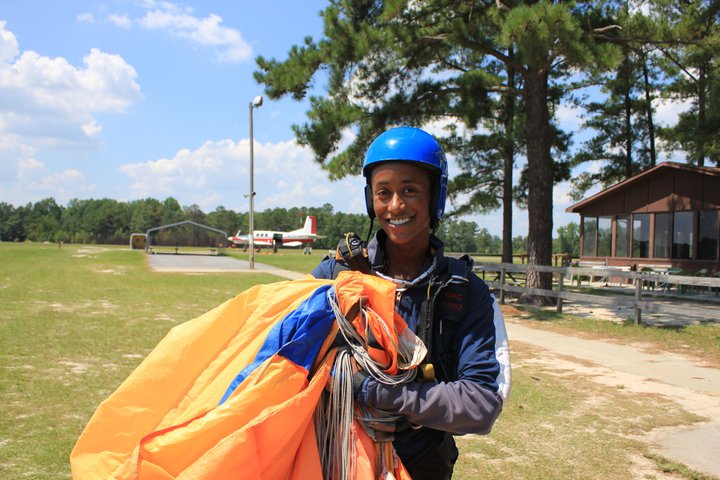

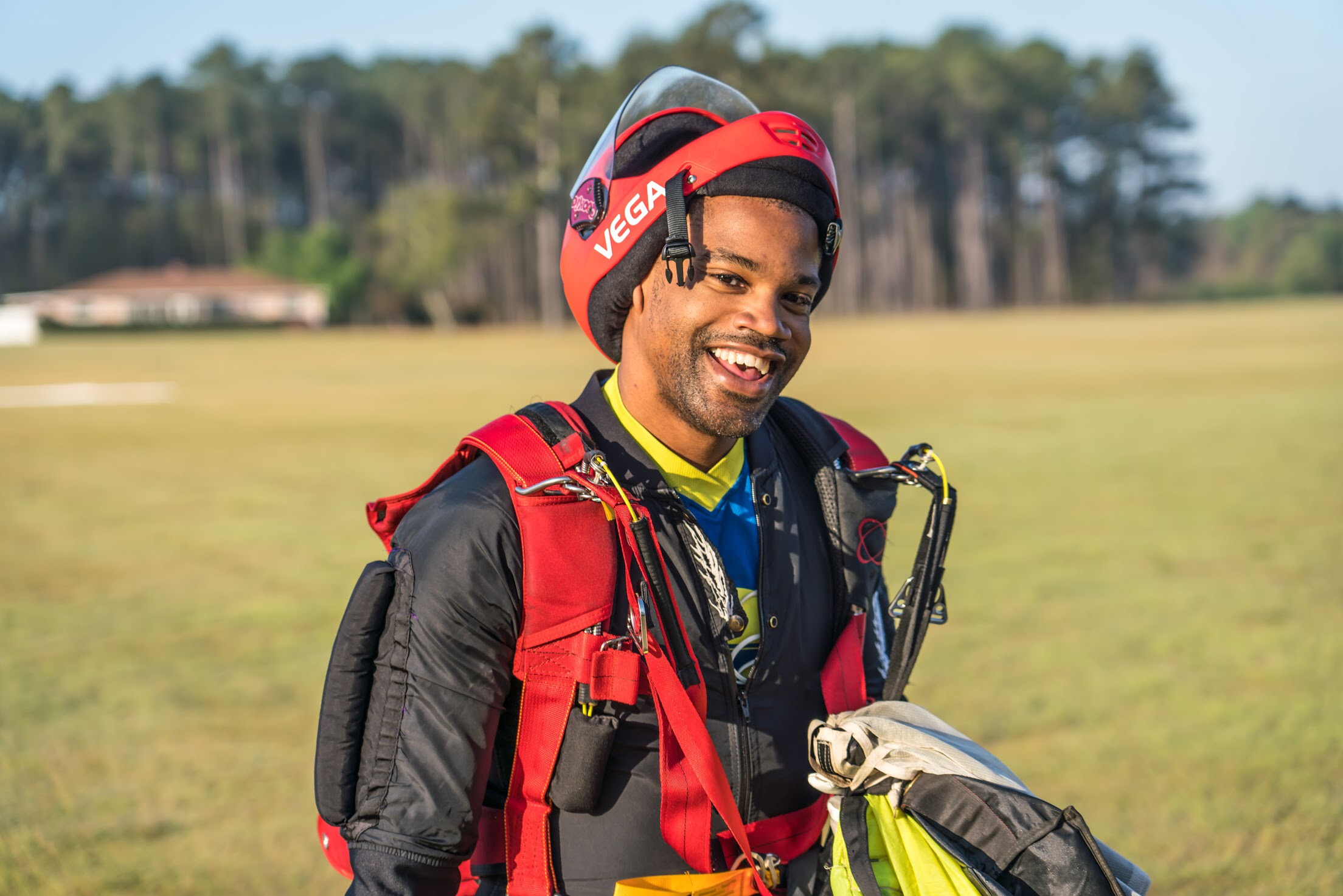



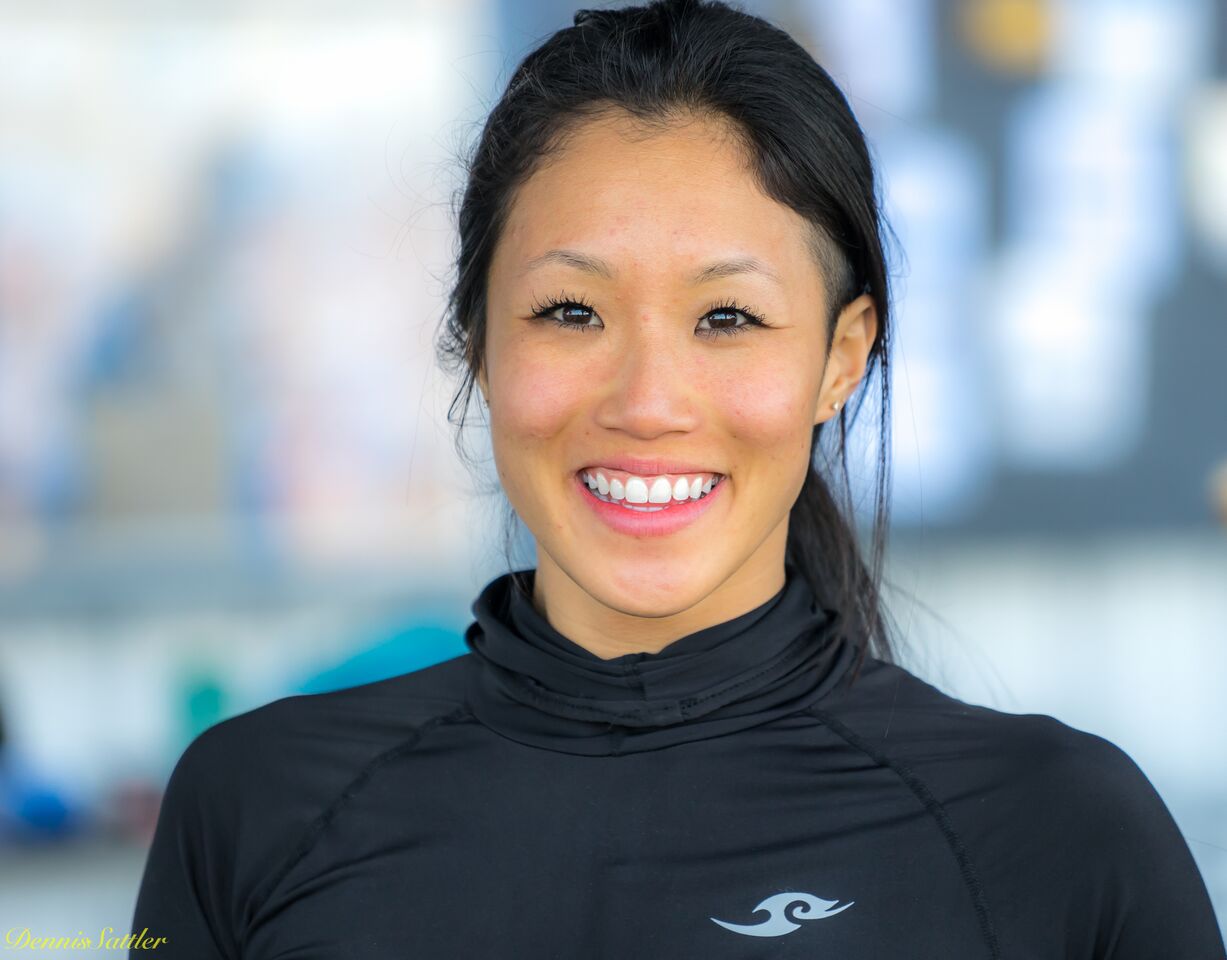

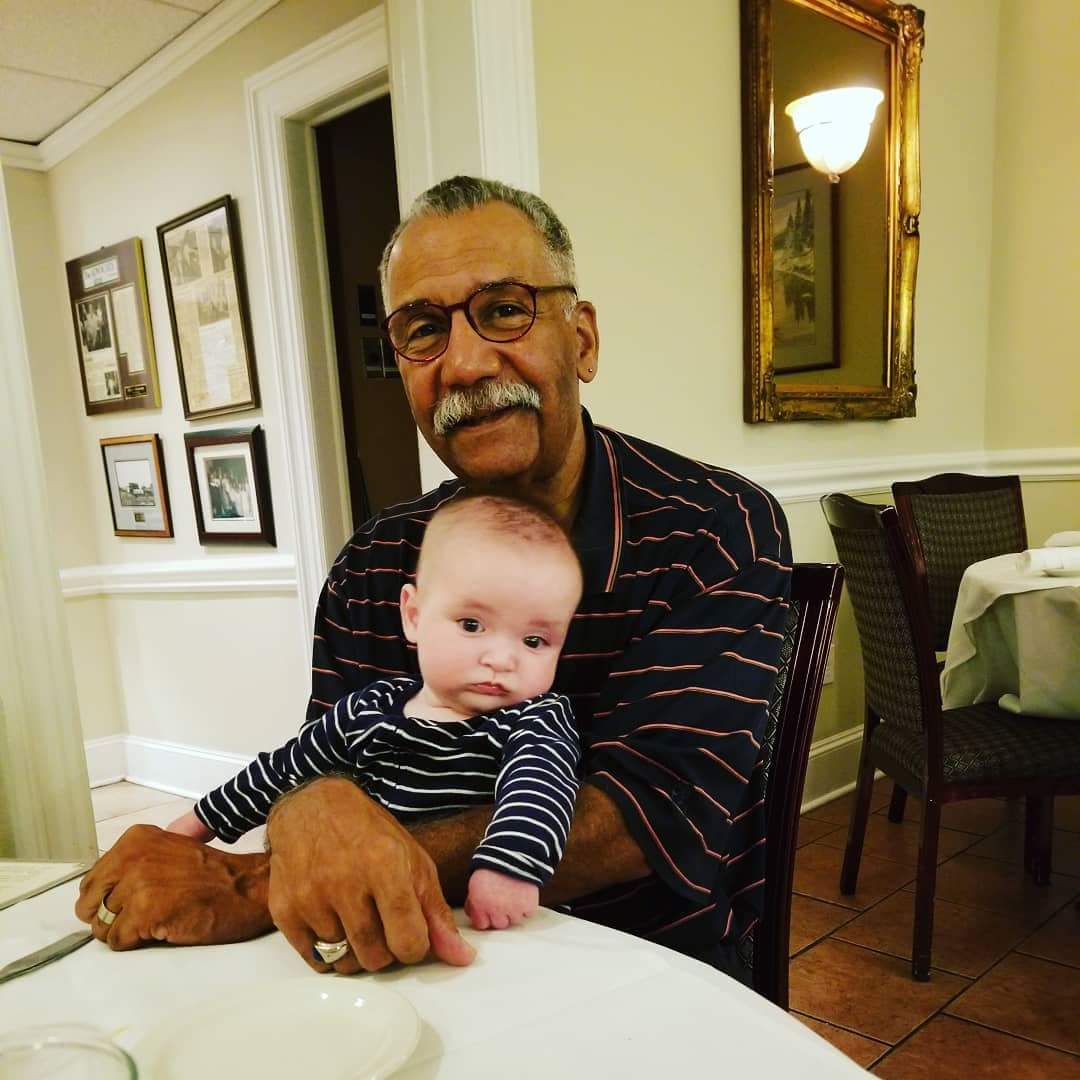

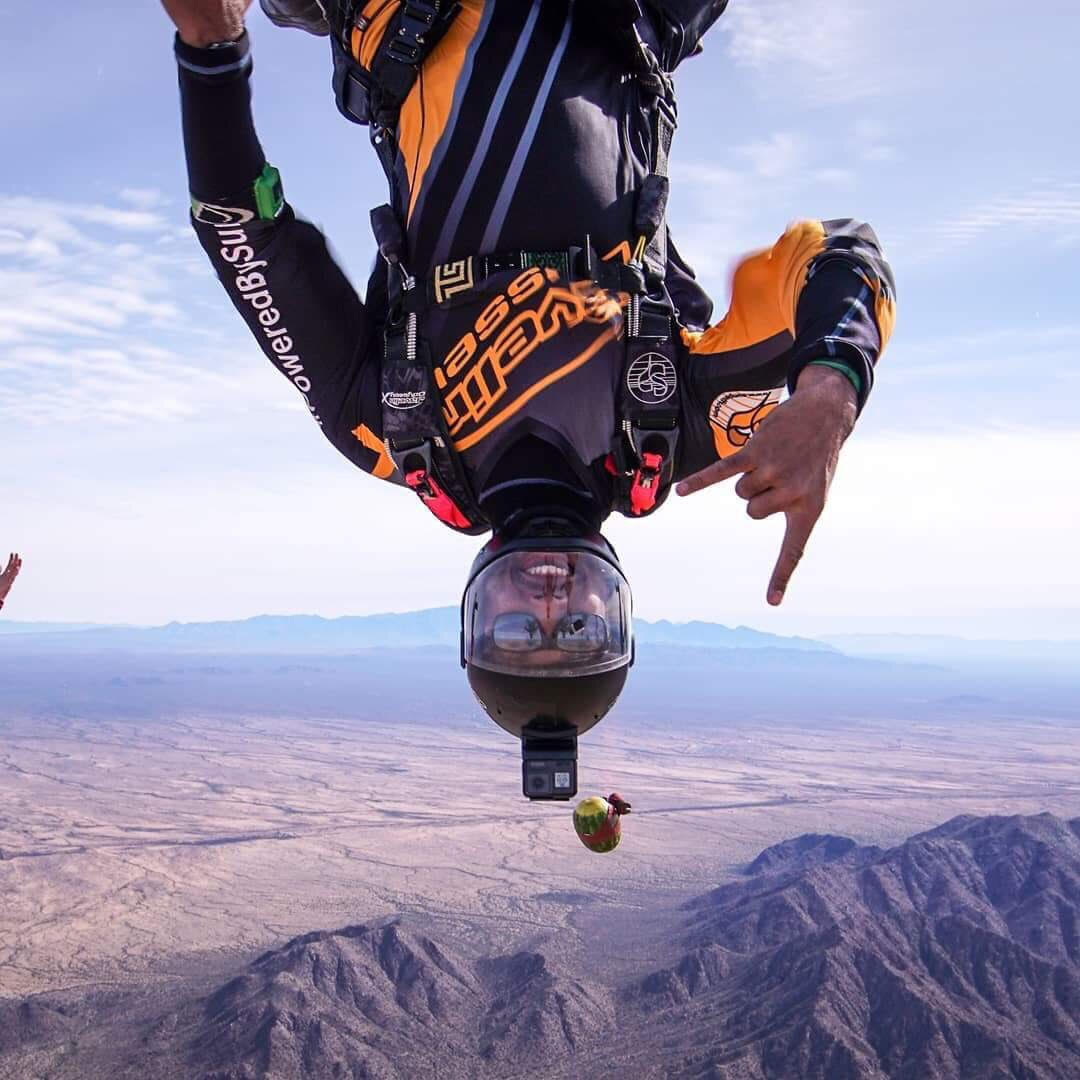
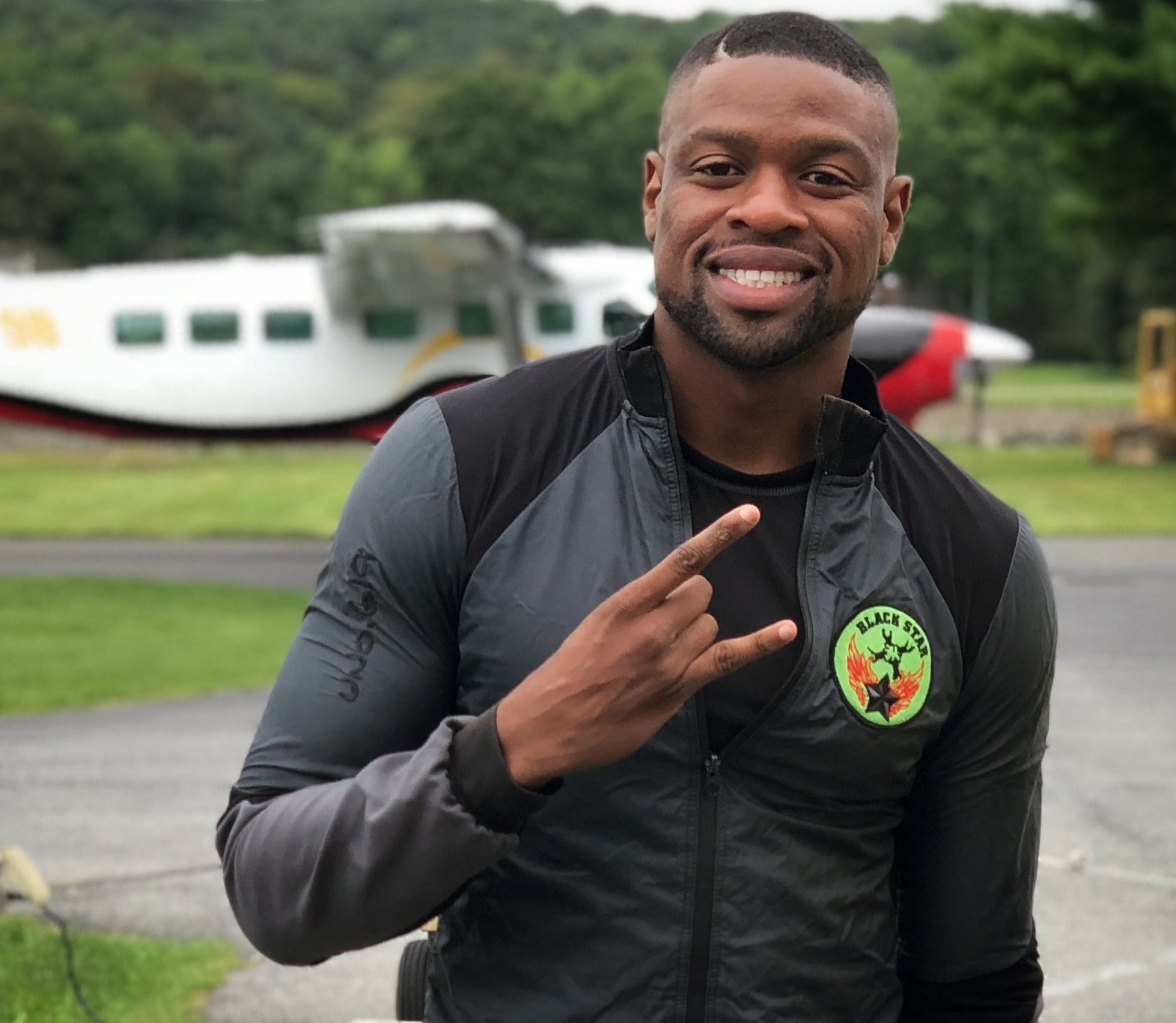
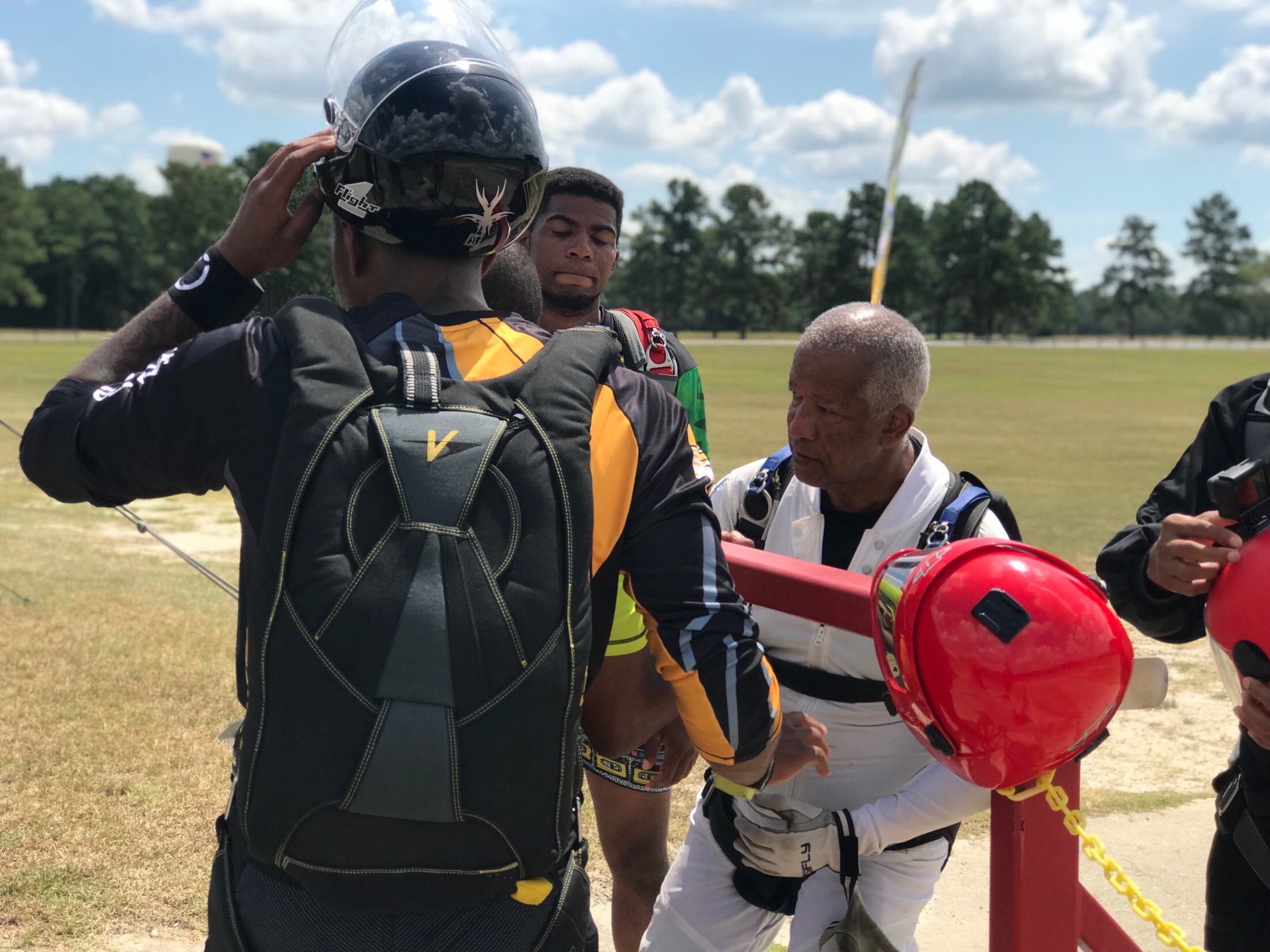



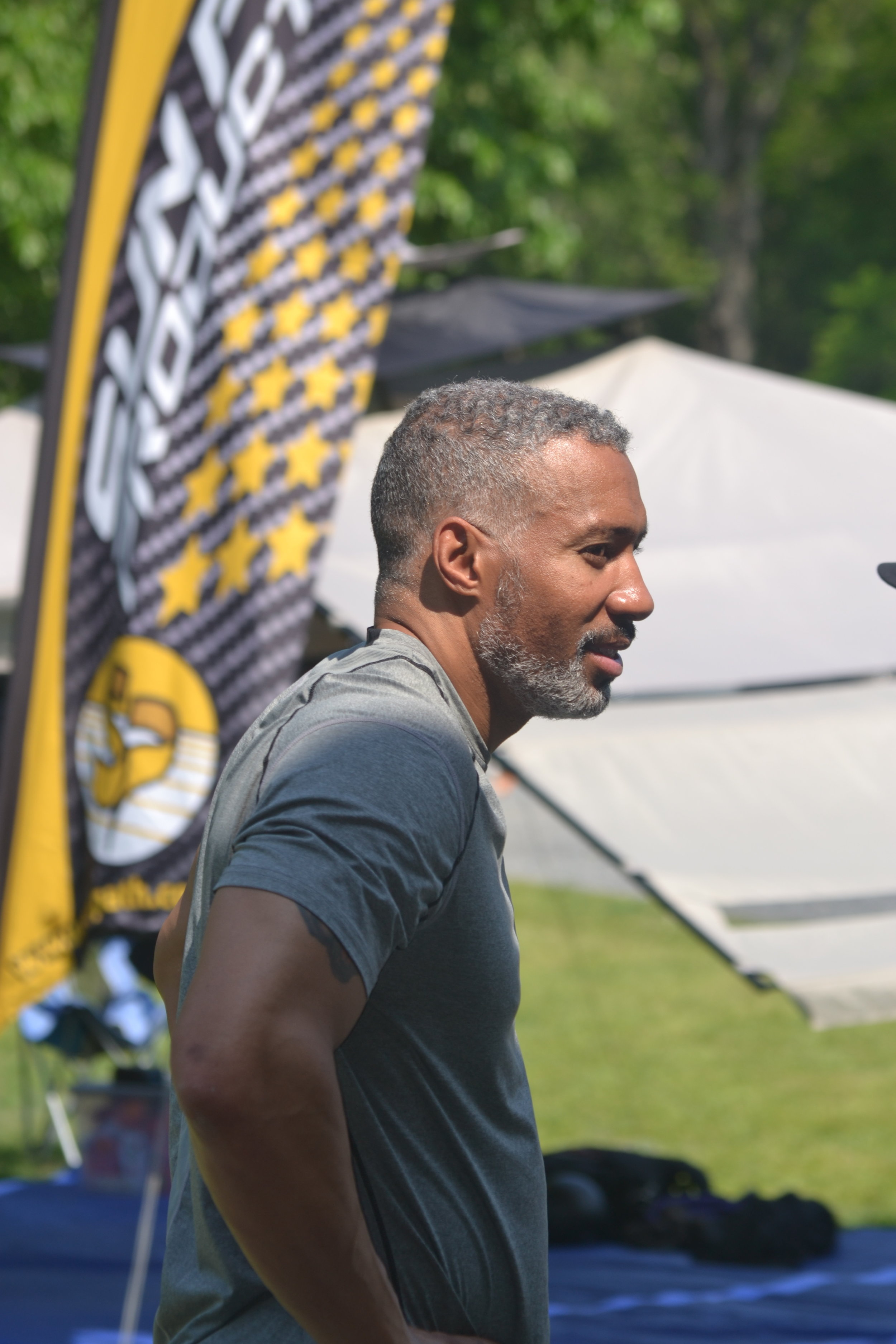
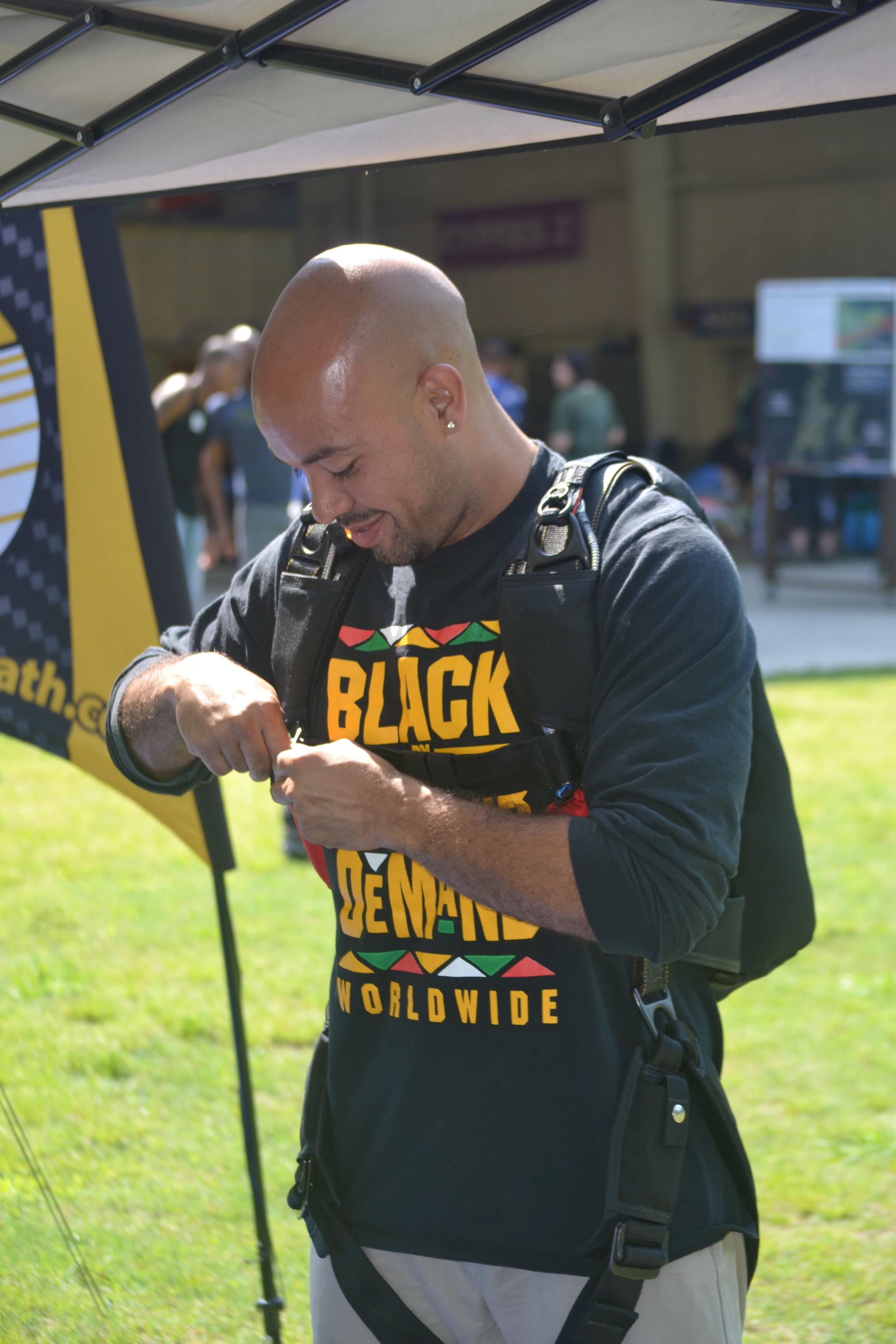
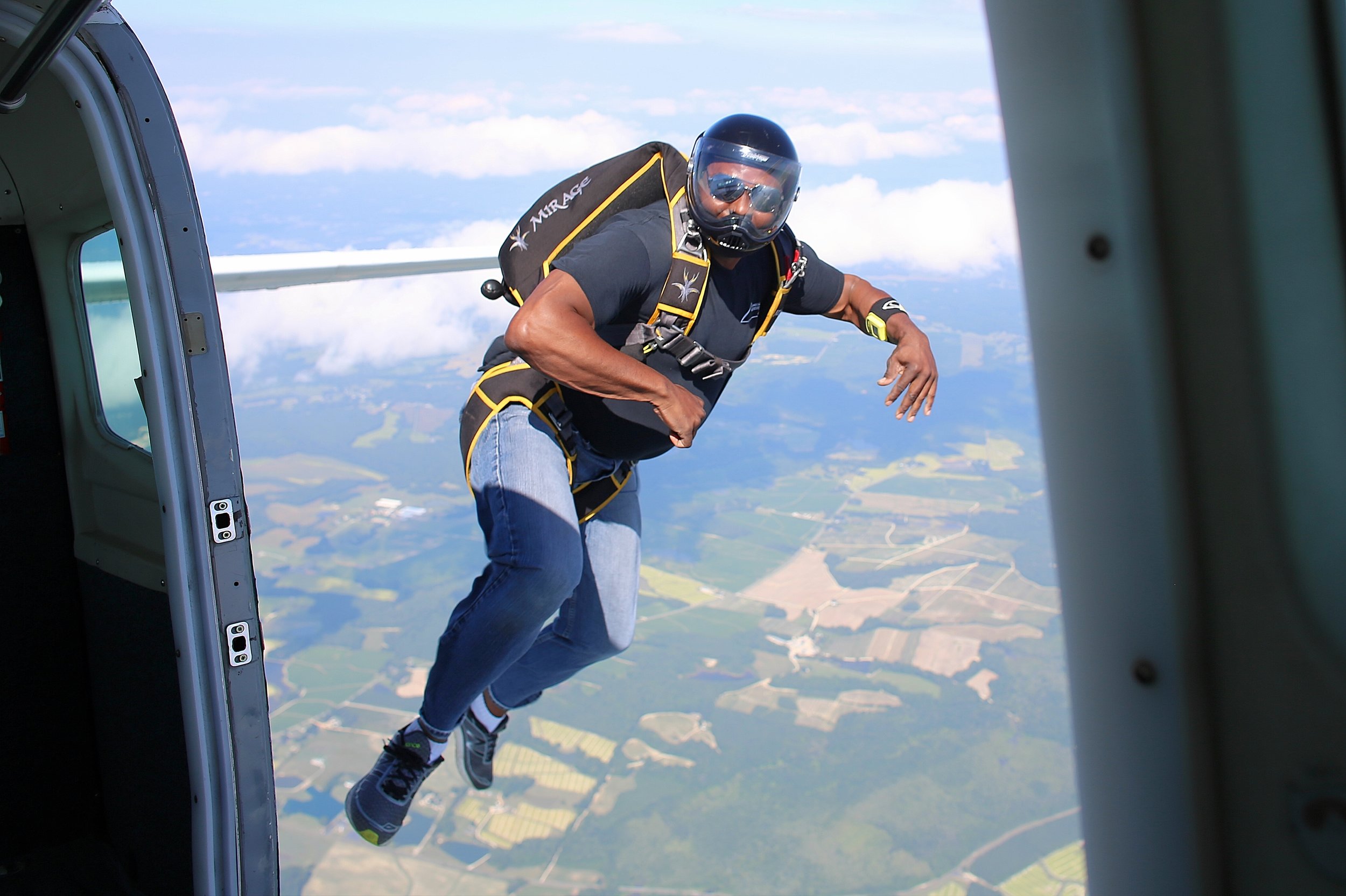
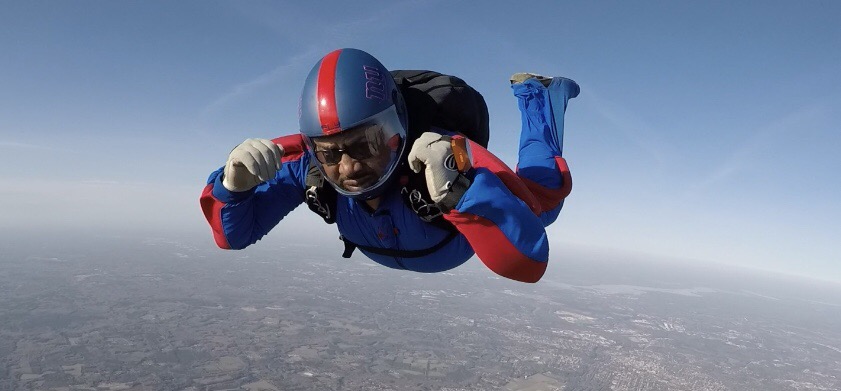

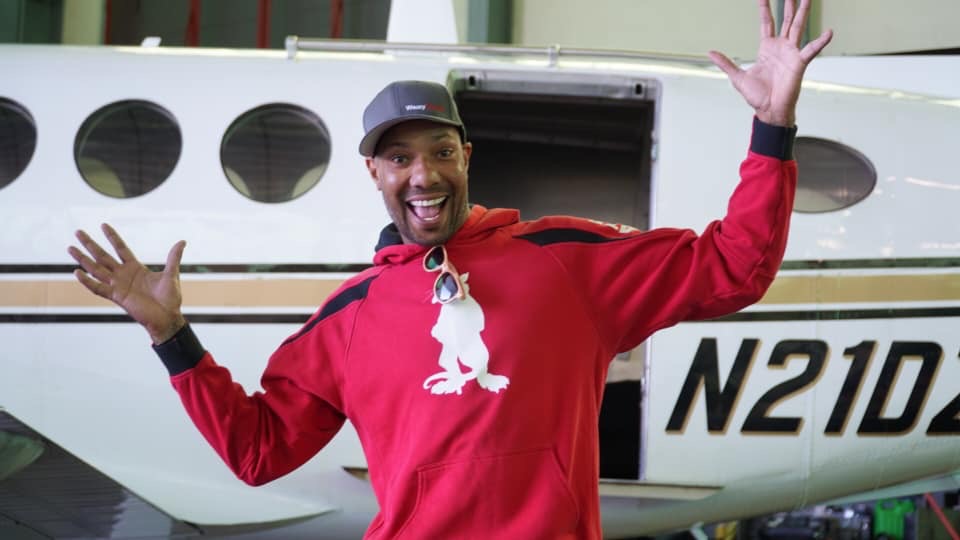






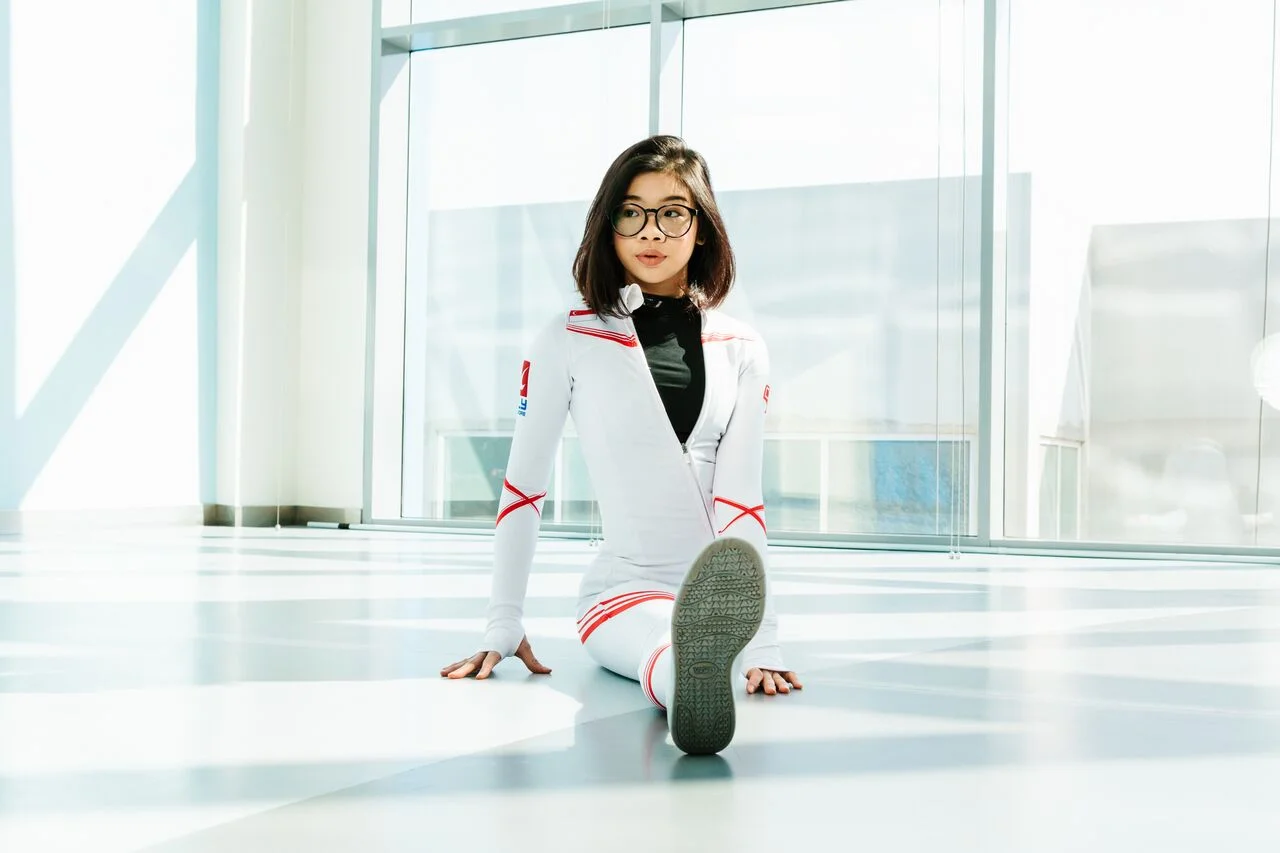
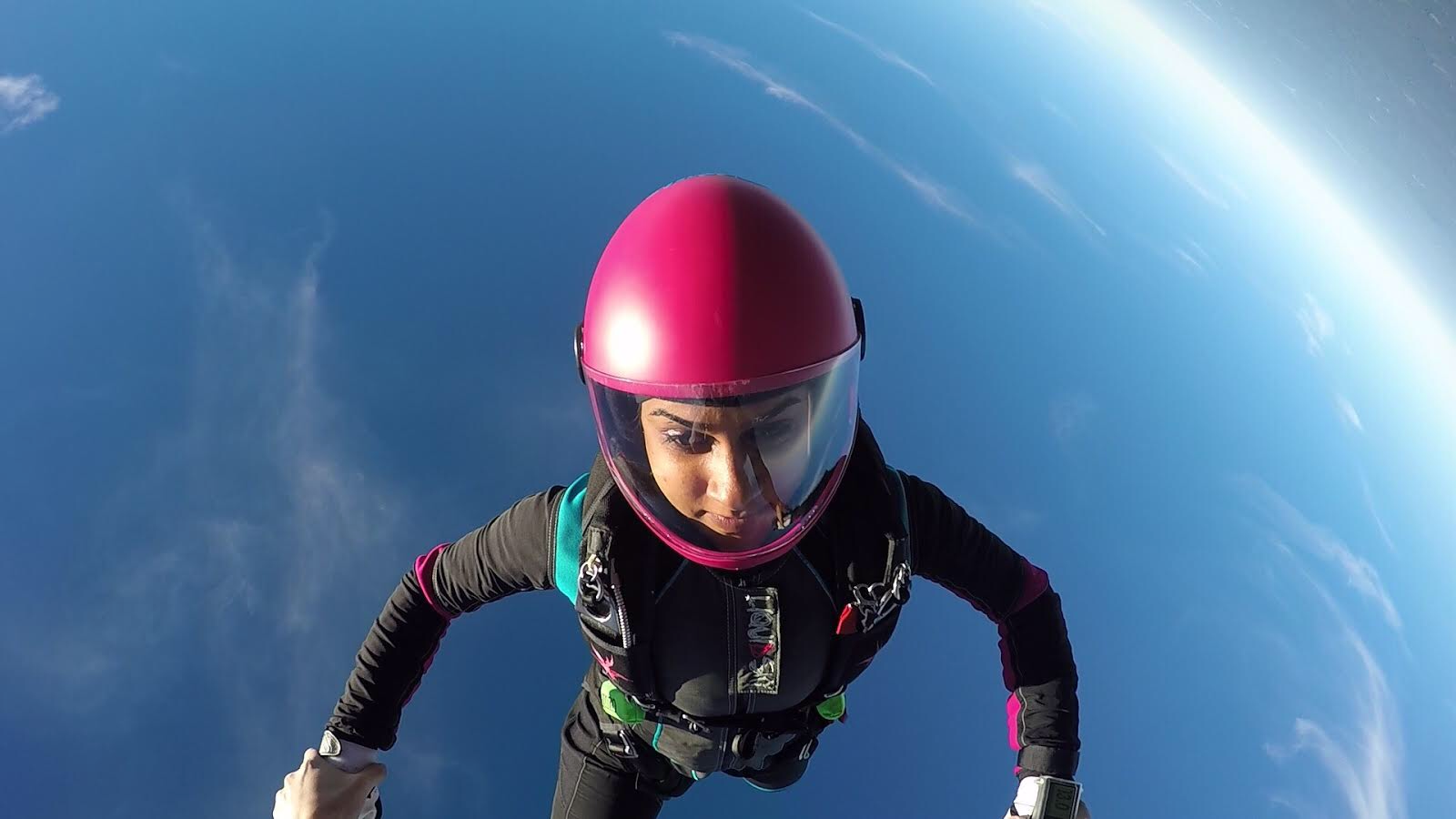

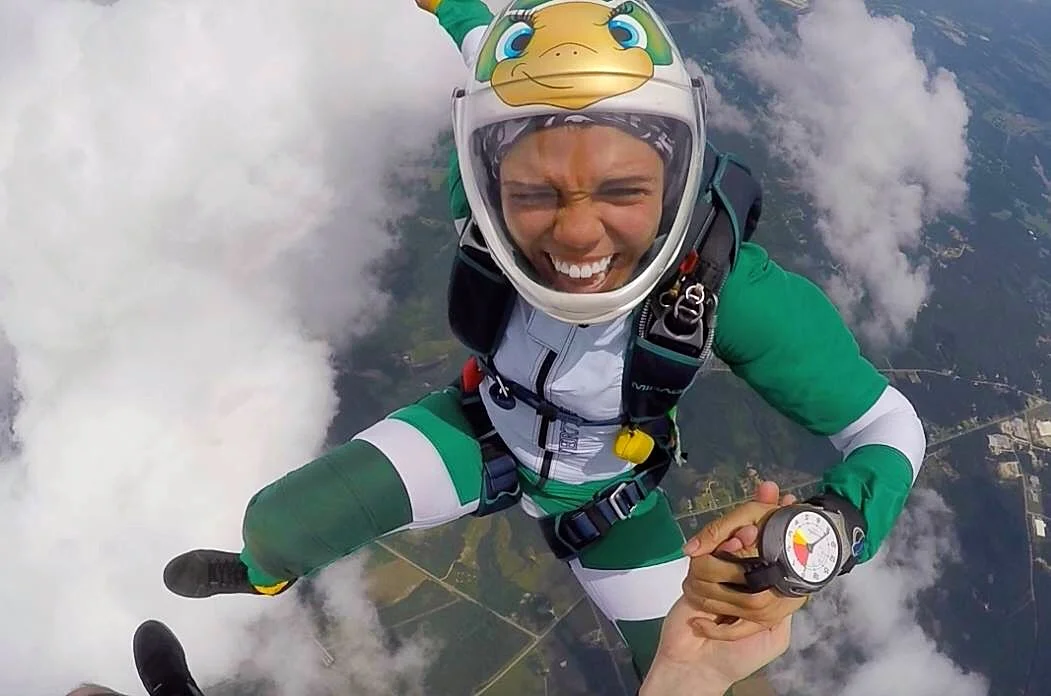
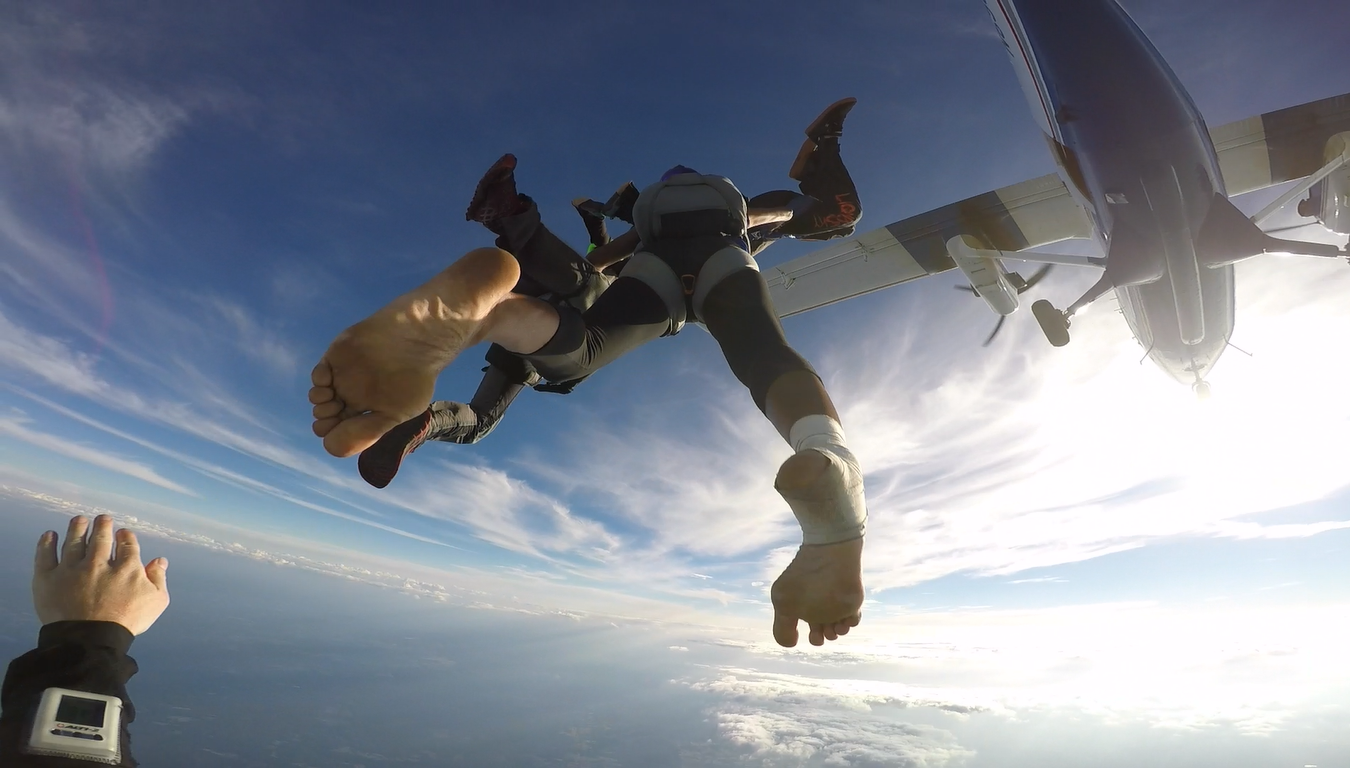
Five BASE jumpers of color share the reasons why they jump—despite the high stakes involved.